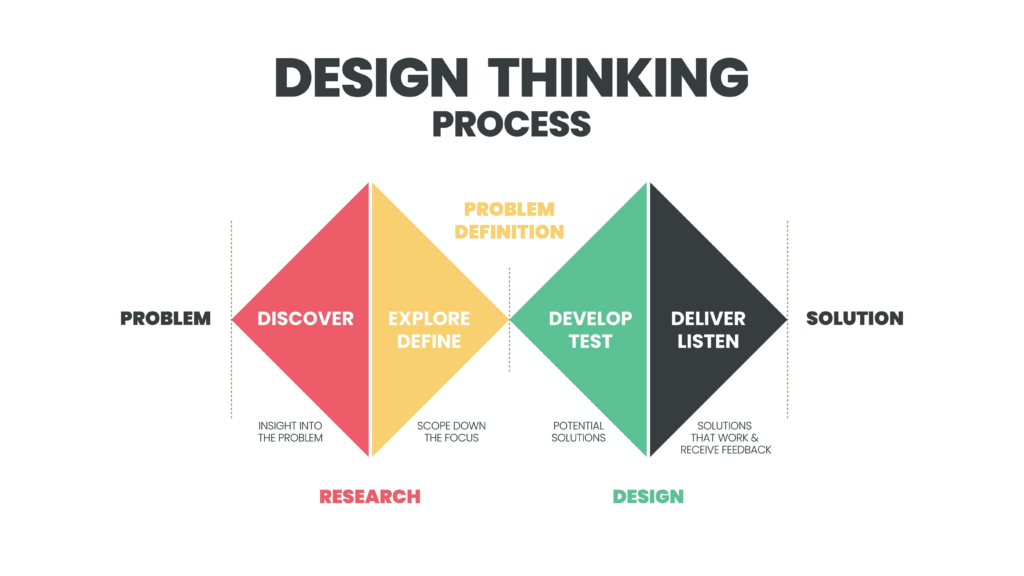In the first lecture of our course Design & Research 2, we were instructed to develop 1-3 prototypes within a three-day timeframe. These prototypes were expected to be „quick and dirty“, yet still relevant to our chosen topic. Initially, I thought this would be challenging and time-consuming. However, it turned out to be both fun and helpful.
I began by brainstorming ideas. Because I am still in the early stages of the design process, I found it hard to already envision potential solutions. Setting a four-minute timer, I began writing down any ideas that came to mind on post-it notes. Under time pressure, my brain generated numerous concepts. I then collected these ideas and proceeded to sketch out various concepts.

Using this method results in the creation of low-fidelity concepts without extensive contemplation. I might not end up using any of the concepts, but it was a great way to start the creative thinking.
PROTOTYPES
I ended up creating prototypes out of two different ideas:
Multiplayer Keyboard
This concept is inspired by the observation that many musicians experience a lack of social aspect in their practice. They often end up prioritizing team sports such as football over solo instruments, drawn to the motivational aspects of teamwork. Playing in a band or orchestra is an option, but this idea aims to facilitate collaborative piano playing among friends. Whether with two or four players, the proposed product would enable the creation of harmonious melodies and the exploration of various tones and melodies with friends.


Improvisation Motivator
During my research, I observed benefits of improvisation in music. Musicians in all ages can struggle with motivation and to find joy in playing their instruments. It typically becomes overly rigid and challenging, leading to decrease of self-esteem in music. With this proposed concept, the aim is to make music practice more fun and playful. The product contains a built-in metronome and a speaker capable of playing various chords and drumbeats. Intentionally, the improvisation motivator should lower the threshold for solo improvisation practice. Traditional music sheets can be limiting, hindering users from learning in a more enjoyable and interactive manner. To utilize this product, users would simply press the blue button located on the top, enabling them to play over self-selected chords and beats. This approach makes it easier for individuals to experiment with the right tones and create new melodies on their own.

